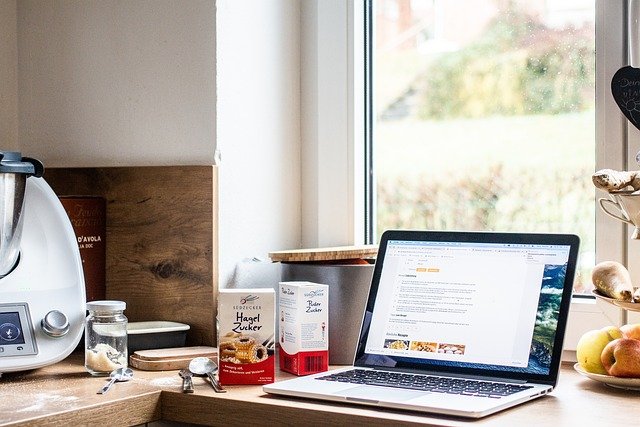How Microwaves Work and What They Do in Your Kitchen
Microwaves are special kitchen tools that heat food quickly using invisible waves. They can warm leftovers, cook meals, and even pop popcorn. In this article, you will learn how microwaves move energy, how they make food hot, and why they are common in homes around the world.

The Science Behind Microwave Technology
Microwaves operate by producing electromagnetic waves at a specific frequency of 2.45 GHz. These waves cause water molecules in food to vibrate rapidly, creating friction that generates heat. Unlike conventional ovens, microwaves don’t heat the air around the food but instead directly excite the molecules within it, resulting in faster cooking times and more energy-efficient operation.
Key Components and Functions of Microwave Ovens
The primary components of a microwave include the magnetron, waveguide, turntable, and control panel. The magnetron generates the microwave radiation, while the waveguide directs these waves into the cooking chamber. The turntable ensures even cooking by rotating food during the heating process, and the control panel allows users to adjust power levels and cooking times.
Safety Features and Cooking Considerations
Modern microwaves incorporate multiple safety features, including door interlocks and monitoring systems that prevent operation when the door is open. The metal cavity and mesh screen in the door window contain the microwaves while allowing users to view their food. It’s essential to use microwave-safe containers and avoid metal objects, which can cause arcing and damage the appliance.
Energy Efficiency in Microwave Cooking
Microwave ovens typically use less energy than conventional ovens, particularly for smaller portions and shorter cooking times. The average microwave uses between 700 and 1,200 watts of power during operation. This focused energy application means shorter cooking times and reduced overall energy consumption compared to traditional cooking methods.
Common Applications and Cooking Tips
Microwaves excel at specific cooking tasks, including:
-
Reheating leftovers
-
Defrosting frozen foods
-
Cooking vegetables while preserving nutrients
-
Preparing quick meals and snacks
-
Melting butter or chocolate
Microwave Types and Features Comparison
| Type | Power Range | Common Features | Typical Usage |
|---|---|---|---|
| Countertop | 600-1200W | Basic timer, multiple power levels | General home use |
| Over-the-Range | 850-1100W | Built-in ventilation, lighting | Space-saving installation |
| Built-in | 900-1200W | Convection options, sensor cooking | Premium kitchen integration |
Prices, rates, or cost estimates mentioned in this article are based on the latest available information but may change over time. Independent research is advised before making financial decisions.
Maintenance and Care Guidelines
Regular maintenance ensures optimal microwave performance and longevity. This includes cleaning spills promptly, avoiding operation when empty, and checking door seals for damage. Many issues can be prevented through proper use and routine cleaning, while more serious problems should be addressed by qualified technicians.
Microwaves continue to evolve with new features and technologies, making them increasingly versatile kitchen appliances. Understanding their operation and capabilities helps users make the most of these convenient cooking tools while maintaining safety and efficiency in daily food preparation.




